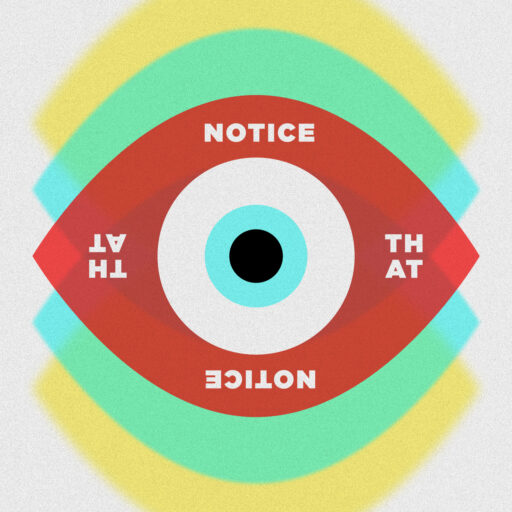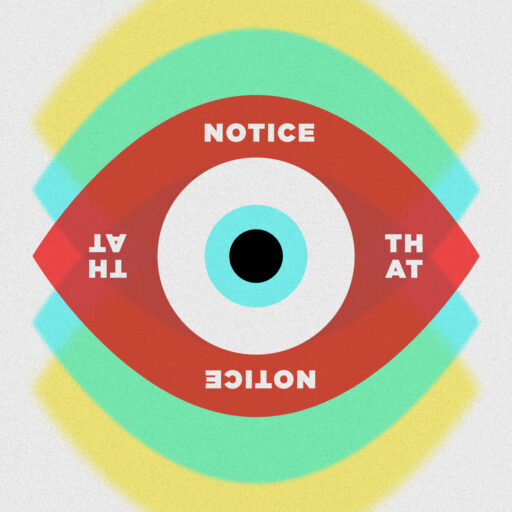Episode 57: Interview with Dr. Morrissey

Today, Jen and Melissa conduct an interview with Dr. Morrissey on EMDR with clients with TBI.
Question 1:
Tell us about EMDR and TBI. What kind of results are reasonable to expect? We’d also love to hear about the spectrum of TBI and how this affects the effectiveness of EMDR?
Answer 1:
Many times when I mention TBI to clients, they automatically assume the most serious cases (in a coma and then relearning basic abilities). I have tried EMDR on a couple clients with severe TBI from this population and had little success. However, there’s other modalities that seem to help. Cereded use with EMDR to help moderate the changes and anxieties has been helpful. It helps with mild to moderate TBI- mild being minor concussions and moderate being cumulative minor head injuries. With TBIs, I like to use the metaphor of a beaver dam. There’s many logs, sticks and leaves that are used to prevent the water (the flow of neuron communication) from occurring. With TBI, we want to be very careful to not overwhelm the system by bringing in a ‘bulldozer’ and trying to clear out everything at once. Their system is already overwhelmed and flooded from the TBI. We want to stand at the side of the river and slowly remove a couple leaves and sticks, and make sure we aren’t doing it invasively. So I definitely approach TBI differently than I would standard EMDR.
Question 2:
So what you’re saying, it’s important to be slow at the beginning and titrating the experience for them so that we don’t overwhelm them. The metaphor of pulling the twigs is like a low-impact target so we can begin some of the flow. It feels similar to me of how we would approach a highly traumatized client that is not related to TBI, is this the case?
Answer 2:
Yes, I treat a lot of C-PTSD and when I started working with TBI, I noticed the connection. I even use a lot of this with my clients, starting with the lower target first. It puts their confidence in EMDR rather than us, so I’m not taking six months to build therapeutic rapport. I do intake, history taking, I do resourcing and we jump right into EMDR. We start low so that we can jump right in.
Question 3:
Is there a difference that you see based on the location of the in the brain in which the injury has occured? Is this something important to know in this history taking and how does this affect the type of target you’re working on.
Answer 3:
It does and it also depends on the type of injury that has occurred. If they have a front to back injury, they do really well with EMDR because it’s all gray matter injury. When it was an injury that was side-to-side, it’s going to be more difficult with explaining emotion and finding a connection.
Question 4:
When you’re talking about that, is the injury affecting the corpus callosum ability to carry communication between the two hemispheres or is it other regions?
Answer 4:
Other regions. It’s not always the corpus callosum but the rich communication hubs. These have the axons, which hold potassium, calcium and sodium. When the axons break, there’s a release of chemicals that gets reuptaken by surrounding receptors. Experts will see that their TBI client is acting bipolar and want to give bipolar medication when really the axons need a chance to heal and slow the uptake of the released chemicals.
Question 5:
I’m curious as to what types of medications could inhibit the reuptake or balance out the chemicals. Is that a part of a treatment protocol?
Answer 5:
For some, yes. There is a list of medications to help clients with TBI and vitamins as well- Zinc and fatty acids included.
Question 6:
Since we’ve already touched on how the trauma from the brain injury affects the whole system, I wanted to ask how the actual trauma changes the life for that individual. I wanted to ask about the possible grief work that should be done when dealing with losing a part of self after the event and help them navigate the new version of themselves. Is this something you target?
Answer 6:
Definitely. There’s a lot of misinformation from experts in the field. A camping accident can very well result in TBI.
Question 7:
So we’ve talked about TBI occurring front-to-back and side-to-side, but what about the specific location?
Answer 7:
So yeah this has to do with the specific functionings of certain areas of the brain. If they get hit in the prefrontal cortex, that’s going to affect logic and reasoning. If they get hit in the back, it could affect their vision and processing of information. It’s about understanding the parts of the brain and how they can be impacted and looking at this as a 3D person.
Question 8:
With this information, do you see this determine whether or not that EMDR could be effective or that we need to hold that awareness and adapt the approach based on what is being effective based on the injury location?
Answer 8:
It is the second part of that.
Speech and memory seem to have long-lasting effects from TBI.
- Using mnemonics and music to help improve short-term memory.
- In the EMDR process, using future templating to plan on how to adjust to the new world and installing that they can handle this new way of life.
Question 9:
How do you make adjustments to BLS for clients with TBI?
Answer 9:
Most of the time, if it’s more than one small concussion, don’t use eye movements because it can give them headaches. Some still do eye movements and others do tappers or audio. Speeds are going to be slower and sets are going to be shorter.
Question 10:
When you hear the headache piece in conjunction with so many people are not even aware that they potentially have a TBI. I have a lot of consultees that say BLS for their clients gives them headaches. Knowing this information can prompt you further to ask our client’s histories with TBI.
Answer 10:
Right. I include this in my history taking. “How is your sleep? Do you get headaches?” The bottom of my history taking section is for “events” so that I know if my client has had a TBI or seizures.
Question 11:
Who do you include questions that surround if the client has had brain surgery?
Answer 11:
Yes! Even chemotherapy because it’s a neurotoxin, and strokes.
Question 12:
So this is really a broadening and expansion of what TBI could really all encompass. This is a really holistic view of all the possible experiences that can cause damage to the brian. How often is a TBI the cause for when we write off a client that we find EMDR to not be effective?
Answer 12:
Definitely. When they were in a car accident, ask if they hit their head and where because this is also vital information of if they may have experienced a TBI.
Question 13:
The idea of ‘processing trauma out of order.’ Could you explain this a little bit more?
Answer 13:
So normally, the way I do a targeting sequence plan is everything that they explain in their history taking, I do a SUD rating. Then my targeting sequence plan starts at the bottom and works its way up. With TBIs, we are going to peel things away, starting with small t’s. Then when we get to the big T, we are going to chunk it into 3, 4, 5 pieces. Each part has its own SUD rating and we will start with the smallest rating first. So it will be out of order. Then once we process all the parts out of order, we will put it back together to process it as one story to make sure we processed out all the channels.
Question 14:
Can you talk a little bit about the “why” of that? It makes intuitive sense but why in particular population, is this method effective?
Answer 14:
Because they are already susceptible and overwhelmed as it is (sounds, lights, etc.) The last thing we want to do is dysregulate them. This also helps the therapist not have an “oh no” moment.
Question 15:
Speaking of specific stories, can you talk about interweaves? Which ones seem to come up the most often and be the most helpful for this population?
Answer 15:
It depends on their life and how they lived their life. Everybody has been different. “If someone hasn’t had the same experience that you’ve experienced, does that mean you’re faking it?” “Did you know that only 51% of supposed experts were able to pass the TBI fact test?”
Upcoming Trainings:
- PRN Consultations- Barbra (business partner) (719) 989-8431
- themorrisseyinstitute.com
- themorrisseyinstitute@gmail.com





